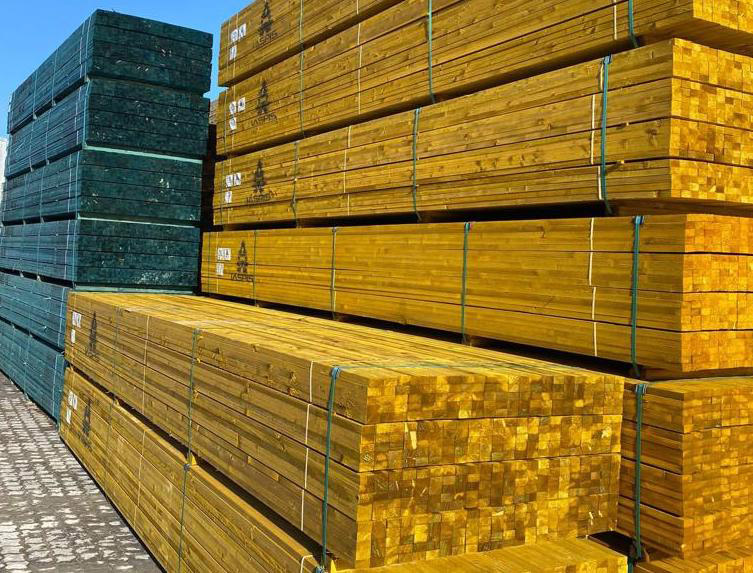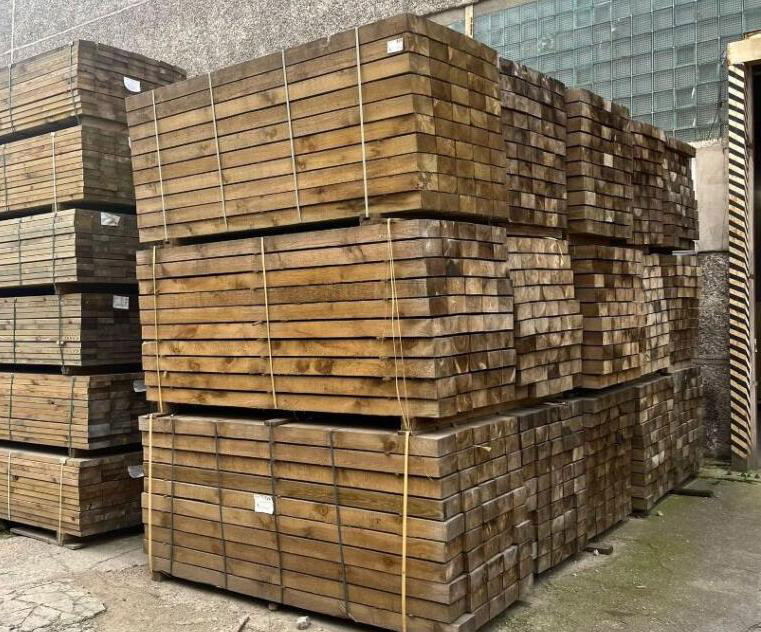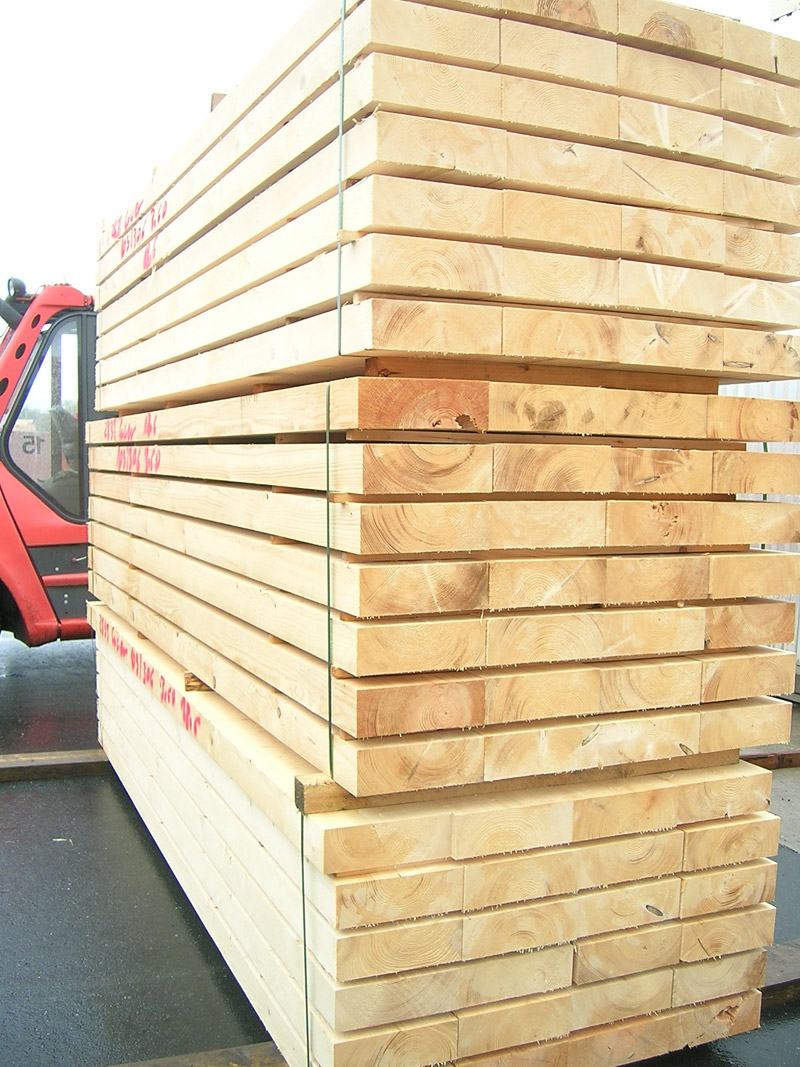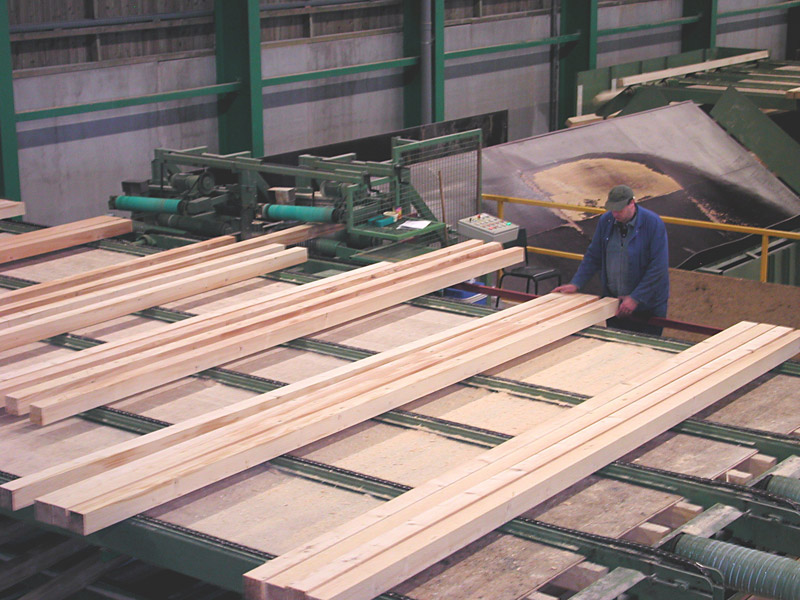TTJ Softwood update: UK softwood trade remains in a lull, but other markets show signs of movement ahead
30 January 2024As the New Year began, many areas of the UK were deluged with incessant rain and flooding, leaving building sites both large and small virtually abandoned. With footings underwater and high winds making scaffold working dangerous to work at any height, little progress was being made in either the housing or construction sectors. Due to this situation, the demand for timber has been weak and most timber merchants have refrained from buying stock except for occasional ex-landed top-ups. This subdued activity has inevitably affected prices, and intense competition among traders has kept levels unrealistically low. The current market trend is also reflective of a longer period, with low demand running through Q4 of last year.
There has been a distinct split in the softwood market with the joinery and industrial grades following a firmer and more stable path, while structural specifications have been the victim of poor demand and collapsing prices. In fact, the structural market for solid softwood carcassing has been on a weakening trajectory for at least the past five months, including roofing battens and TR26 truss material.
Information from Sweden in Q4 of last year revealed there was a degree of over-cutting spruce logs in the south needing to be compensated for over the course of 2024. Some sawmills are already experiencing acute log shortages which they say will temper production and have cut back on the number of shifts per week. Several mills also extended the winter holiday period only returning on 8th January. As shortages work their way into the system, they will inevitably force prices up during Q1. Some movement has already occurred, and a number of contacts have reported a rise of between €10-€15 per m3 in European markets.
While demand was falling in the structural market, the larger producers and terminal operators did everything they could to force volume into buyers’ yards. As always, the main strategy was to reduce prices, but that only created an unsustainable price structure and cut-throat competition. Smaller producers reacted by scaling back on costs and reducing production of strength-graded material, a tactic used to survive until a market correction might take place.
Although UK buyers are still being offered cheap prices in January from landed stock or goods on the water, forward prices are showing signs of recovery, and as mentioned above some markets have already accepted rises. Distributors in the UK are currently trying to apply increases for landed stock, but timber merchants see their resolve as lacking conviction while deals are still being done at giveaway levels. This is not helping the recovery of the forward market where replacement costs are higher, and many buyers are lacking confidence to make commitments.
In addition to trading problems, merchants and importers have been struggling with rising running costs as higher interest rates and increases in fuel and utility costs are hitting hard. Power in particular has rocketed, as many businesses with re-saw and planing mills previously operating under fixed contracts, have now found that their new charges are double, or even triple the levels they were paying during 2023.
Looking forward, it is likely that traders will see a market condition of slowly rising demand and reduced supply coming into focus through March. Prices could gather greater pace if other markets start improving, and at the beginning of January, positive signs started coming from the US. Reports of a stronger US housing sector have been emerging, and base prices of softwood are rising. If the US market continues firming up, then it will attract volume from northern European producers and divert it away from the UK.
The latest full TTJ softwood market report will be published in the Jan/Feb printed issue of TTJ, when consumption, import and export updates will be highlighted



